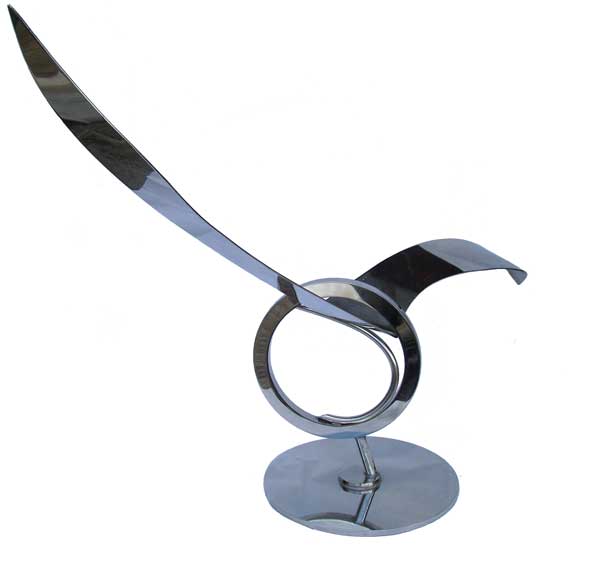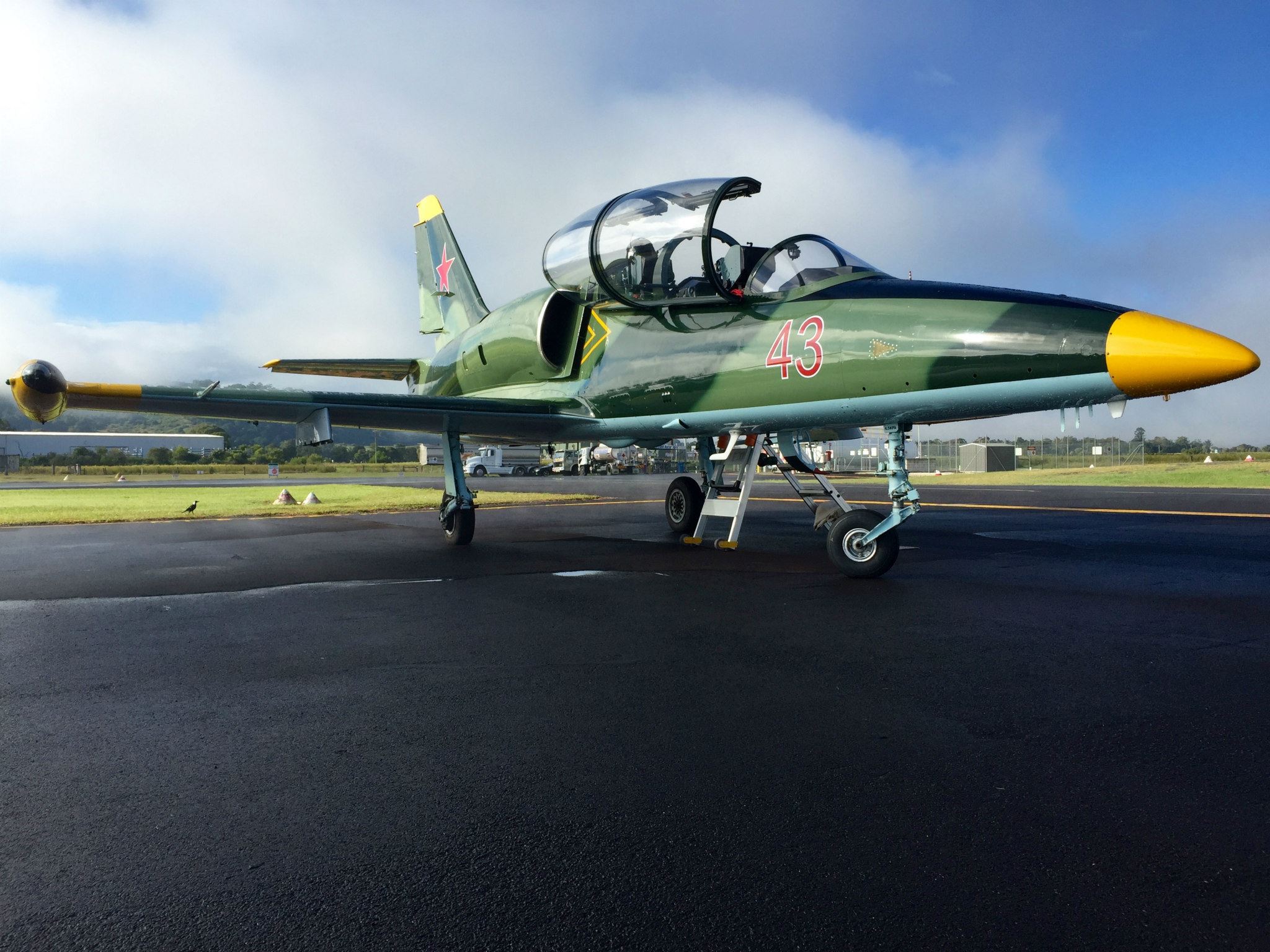

#I39 ALBATROSS CODE#
The prototype is expected to go airborne sometime in 2016 with the product becoming available in 2018.©Ģ023 Military Pay Chart Military Ranks DoD Dictionary Conversion Calculators Military Alphabet Code Military Map Symbols The aircraft would serve the current military market as a low-cost advanced jet trainer alternative to more pricier mounts emerging from the West and Russia. This was announced in August of 2014 with intended upgrades aimed at the avionics suite and engines (the U.S.-built Williams FJ44 series). However, these did not go on to achieve the same level of success as the L-39, leaving Aero Vodochody to now offer an all-new, modernized version of the L-39 instead as the L-39NG ("Next Generation"). The L-39 was then offered in a more refined form through the L-59 "Super Albatros" and the line further branched to include the L-159 "Alca".

The L-39ZAM was a Slovakian Air Force modernization of the L-39ZA mark. An armed trainer and light attack platform became the L-39ZA which supported air-to-air missile launching. The L-39V variant covered target tugs for the Czechoslovakian Air Force.
#I39 ALBATROSS SERIES#
The Ukrainians received the L-39M1 with AI-25TLSh series turbofan engines. The L-39CM became an upgraded C-form for the Slovakian Air Force. The L-39C was the standard trainer for many Soviet entities during the Cold War. Variants have included the five prototypes and two static airframes as the L-39X (-01 through -07).

The most numerous in terms of production was the L-39C model which helped drive total production of the L-39 system as a whole past the 3,000 mark. Thailand went on to purchase forty of an export model designated with L-39ZA/ART that featured Israeli-produced Elbit avionics. The tricycle undercarriage consisted of a single-wheeled nose leg and two single-wheeled main legs under the wings.Įxport numbers for the L-39 Albatross were abundant was the case with the L-29 - though roughly the same set of customers greeted the new machine. The tail unit included a single vertical tail fin and low-mounted horizontal planes as well as the singular jetpipe. Twin, half-moon intakes were set to either side of the slim fuselage which aspirated the single turbofan engine installation. Views were hindered by the raised fuselage spine but this, in turn, allowed for increased internal storage space. It sported low-set, straight-edged, monoplane mainplanes with a well-sloped nose assembly. Outwardly, the L-39 was a complete revision over the L-29. This was in addition to the standard, centerline-mounted 23mm GSh-23L twin-barrel cannon for close-in work. The training derivative was eventually branched into a light strike form and four underwing hardpoints were used to carry various ordnance options including rocket pods, air-to-air missiles, and conventional drop bombs. The tandem, twin-seat aircraft - as in the L-29 before it - allowed for unfettered views out of the cockpit (save for the rear), bringing about a heightened sense of situational awareness. The powerplant increased thrust was added as was a new avionics suite along with a reinforced structure.
#I39 ALBATROSS SERIAL#
It became the first turbofan-powered trainer to enter serial production.Ĭompared to the earlier L-29, the L-39 was a more simplified approach with modularity in mind, allowing the newer aircraft to be produced more efficiently and quicker than its counterpart. Total production exceeding 3,000 aircraft from 1971 to 1999.

From then on, the aircraft was equally accepted and successful in the training of a new generation of pilots for the Soviet Empire and its satellite states and supporters. Designed just three years after the successful L-29 became the frontline advanced trainer for the Soviet Union and associated Bloc countries, the L-39 emerged in prototype form and recorded its first flight on November 4th, 1968 prior to introduction with the Czechoslovakian Air Force in 1972. The Aero L-39 series of advanced jet trainer and light strike aircraft followed along the same lines as its predecessor - the L-29 "Delphin" detailed elsewhere on this site - in terms of development.


 0 kommentar(er)
0 kommentar(er)
